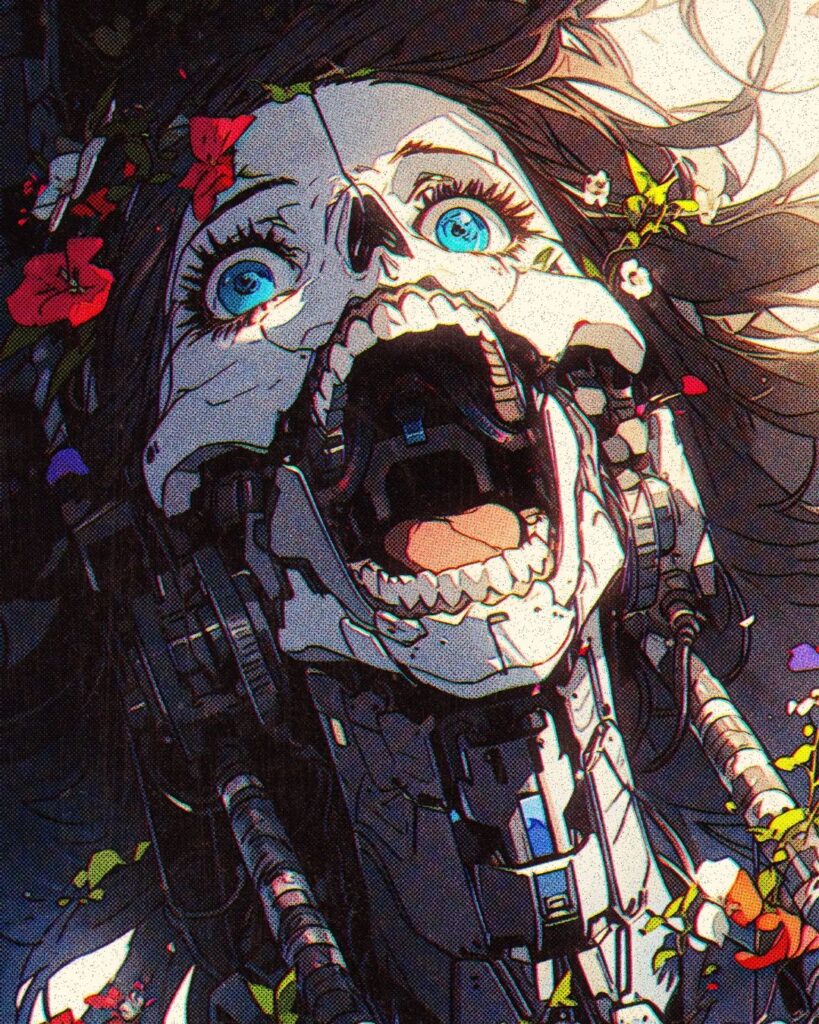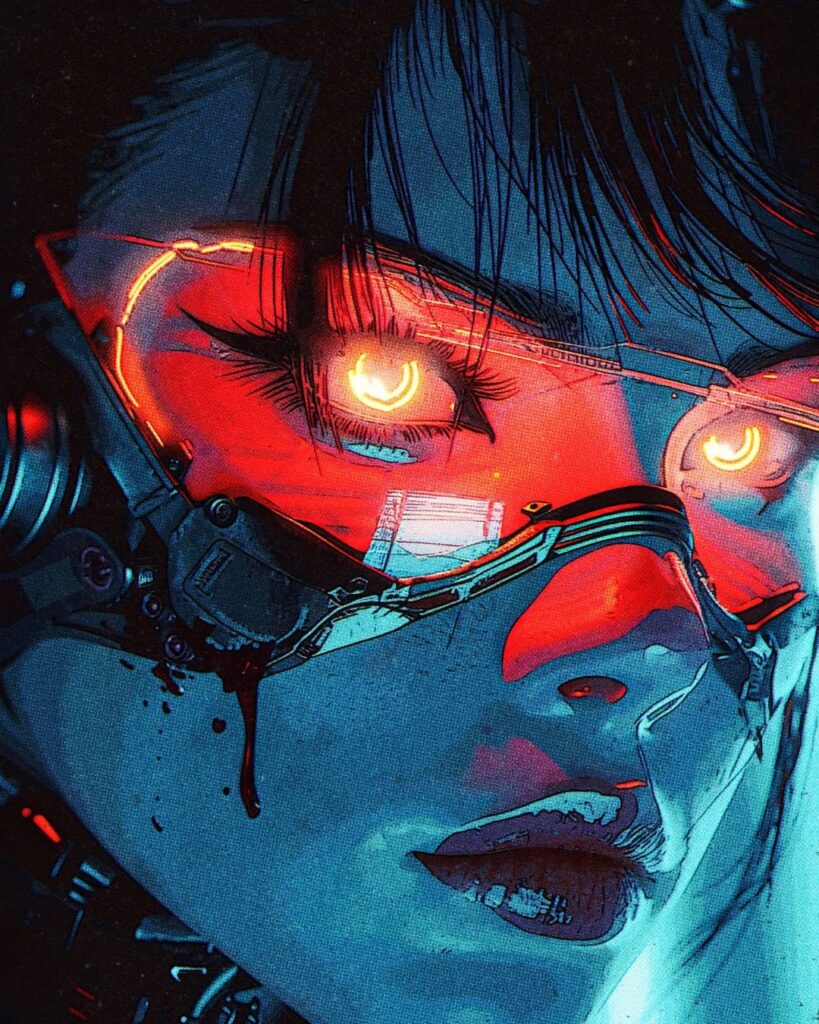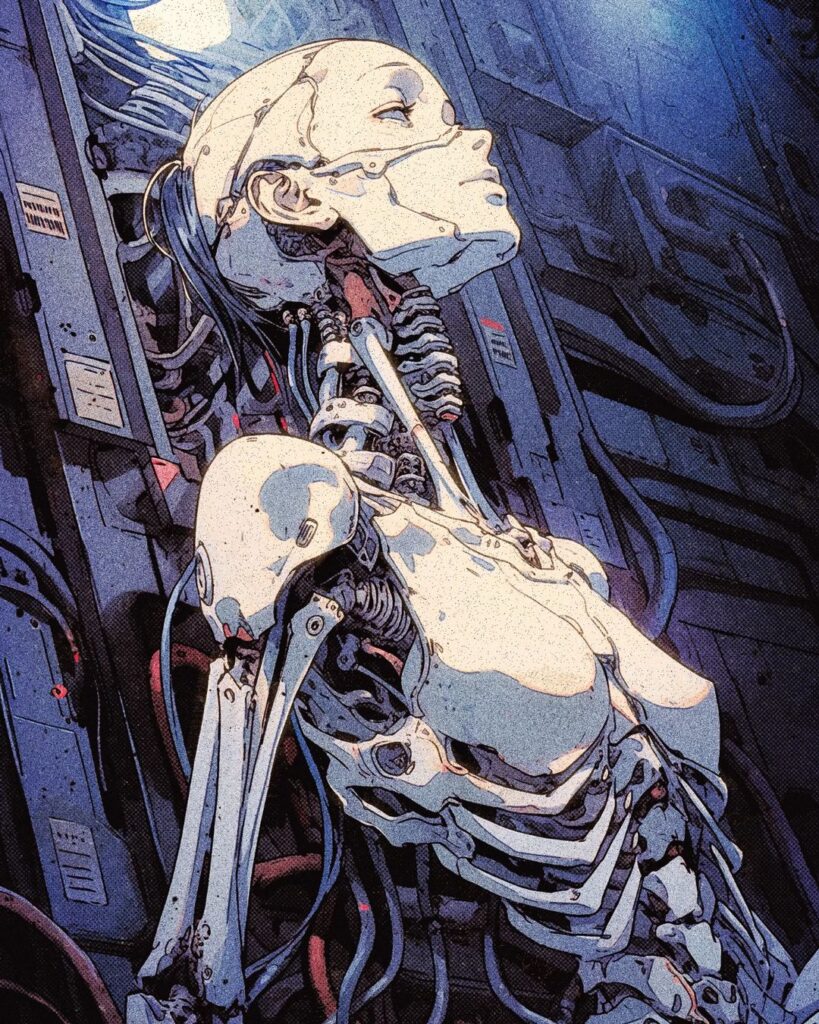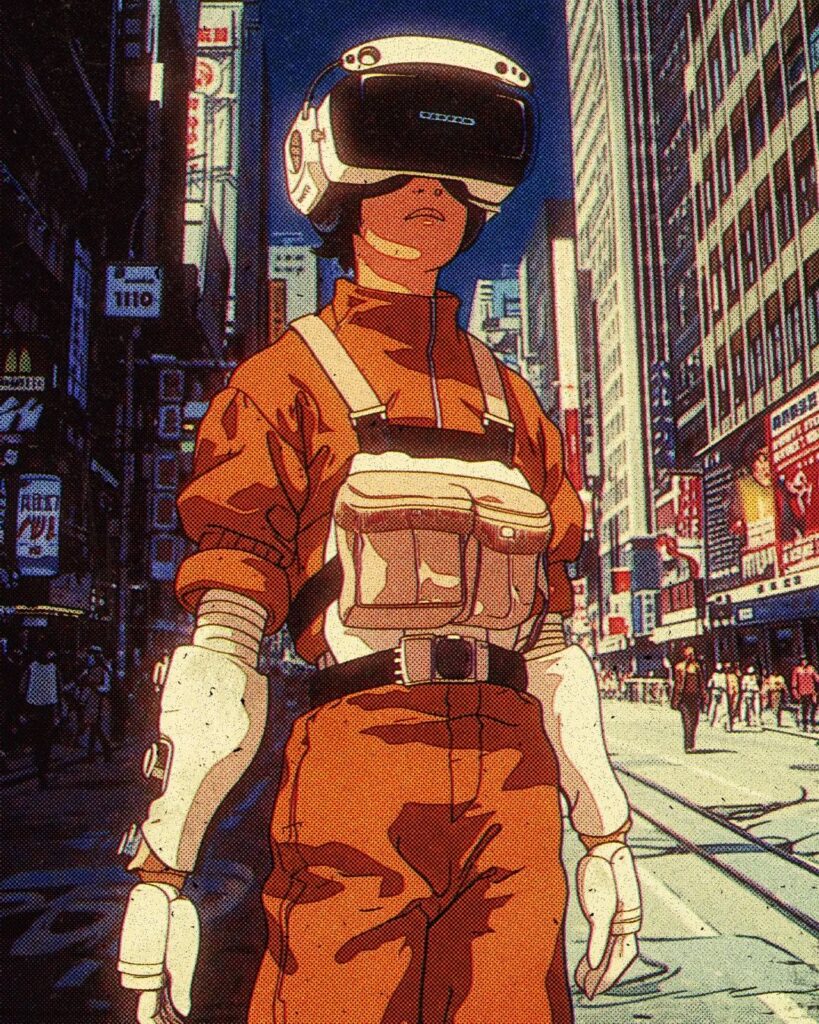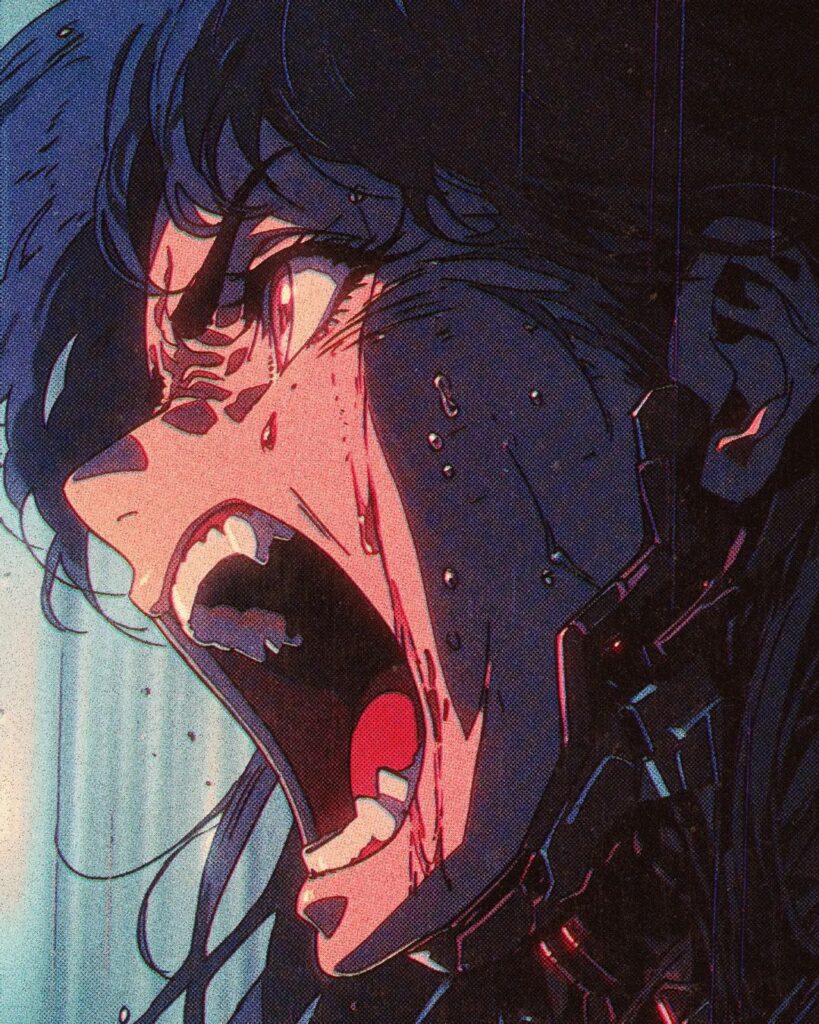AInime, mangai; What would Toriyama do?
In memory of Akira Toriyama.
source: X
With As generative AI starts to impact various creative sectors, from the movie industry, to photography and art we shall also be looking at one that is remarkably important to the rest of the world: Animé and Manga. One Piece, Pokémon or Dragon Ball Z, we hope it does ring a bell. What are the perspectives on the potential influence of automated image generation on the comics industry? Is generative AI more of a boon or a curse?
The introduction of AI into the manga creation process evokes both excitement and concern among creators. No surprise in there. Thus all that is unknown and further down the road democratizes the market entry barrier evokes some kind of fear, whether it is the one of a potential job displacement or the dilution of artistic value, not to mention the copyright/ intellectual value issues with the new technology. It is complicated but has enormous potential to accelerate manga production and broaden accessibility to the field.
The current status of AI technology and its constrains are intricately tied to the fundamental question of what is true expression. AI-generated images are of exceptional technical quality, yet the main question remains universal to the whole of the creative industry: can technique alone be the reason for people to feel amazed or fall in love with the art itself? Whether a creation emerges from AI or is human-made, the methodology is merely incidental; what truly matters is the underlying intent and purpose behind the work.
Have you ever wondered how does the creative process of an animé series look like? Well, it is as complicated as you can imagine. We have recently bumped into a super interesting article about the process of creating Oshi no Ko and a possible generative AI fit in all that. Splice co-founder, Matt Aimonetti has made an interesting point there:
“…employing AI should go beyond mere generation of 2D images or vectors. It’s about reimagining the entire creative process, making each step more adaptable (with a strong emphasis on 3D), automating predictable elements (like materials, shapes, and animations), and providing creators the tools to manually refine and personalize their work. It’s crucial to allow for experimentation and discovery, which will prevent the end result from being just a less expensive version of existing content.“
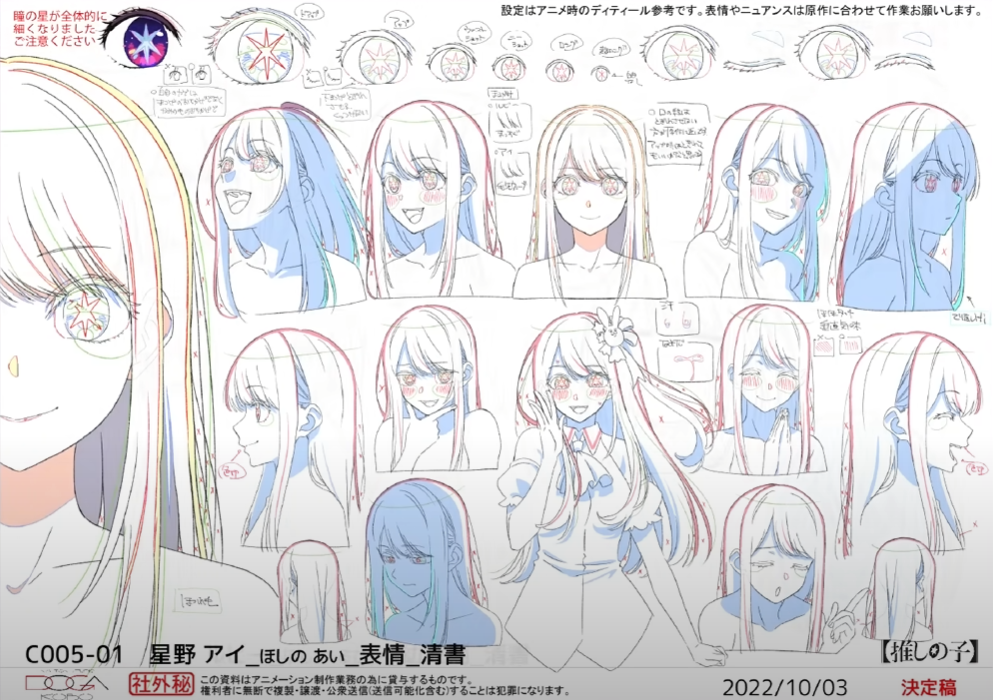

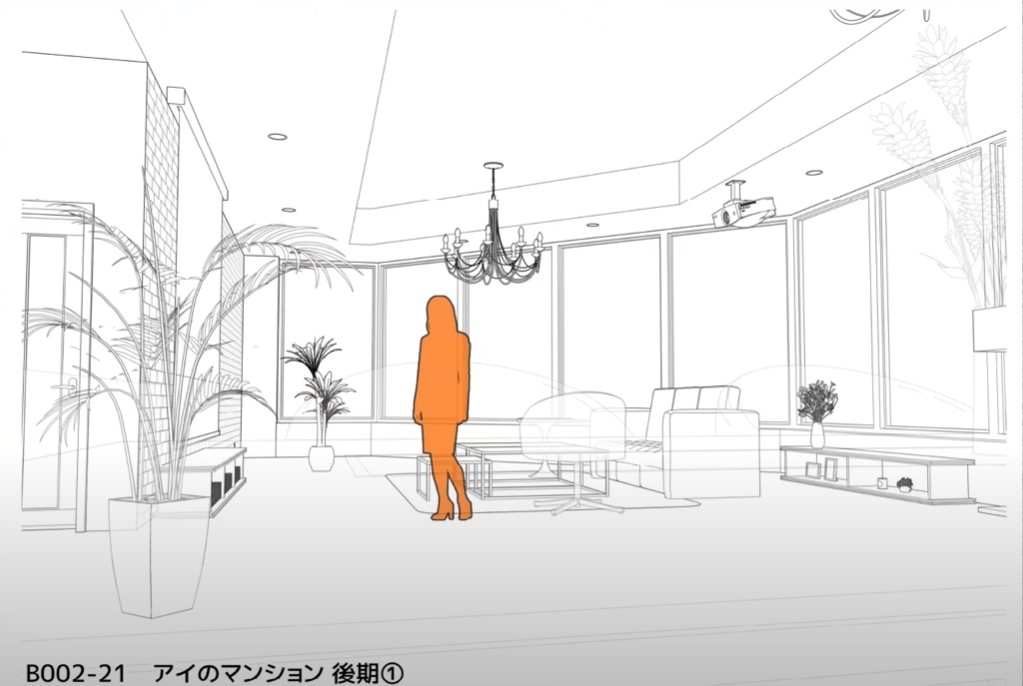
Check out the whole analysis here, it puts things in an interesting perspective.
The thing is serious, not only to the creators themselves but also the cultural heritage of Japan. In the official magazine of the government of Japan, entitled Kizuna, a few days ago, there was an article published on that specific subject entitled “Generative AI and Manga: Taking Advantage of Japan’s Strength in Refinement”, where the author describes the topics addressed at the official meeting of Cabinet Office’s AI Strategy Council. AI has the potential to pave the way for new ways of storytelling and idea expression through the natural symbiosis and collaborative work between humans and machines, not the competition. It is possible, and it has already happened:
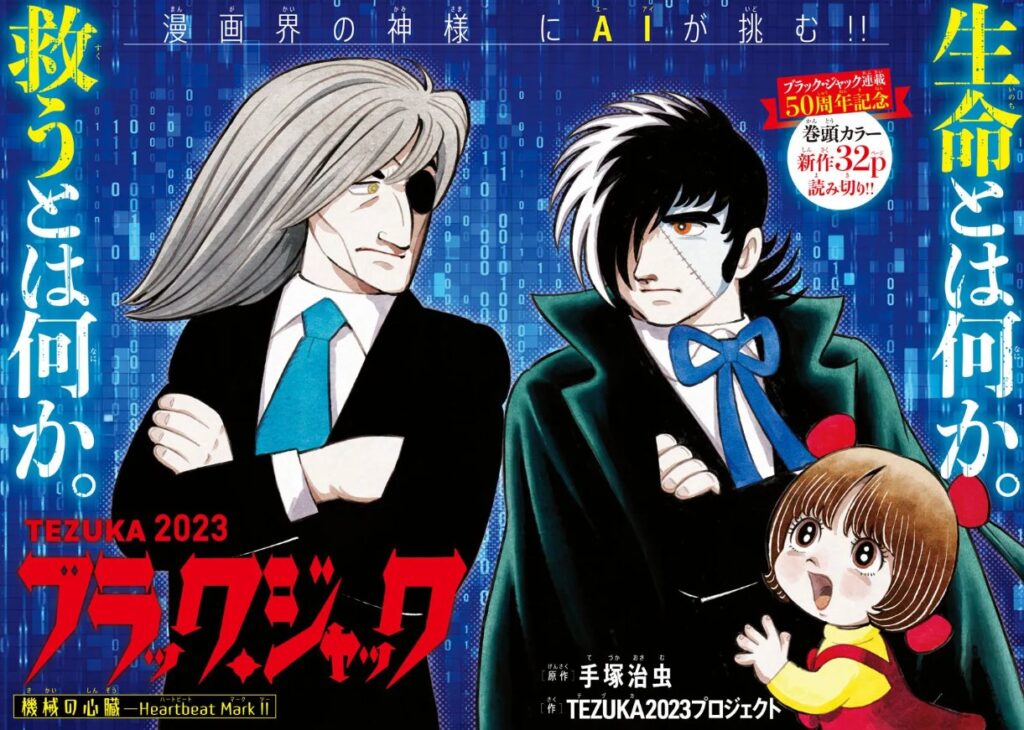
Image © Akita Shoten, Osamu Tezuka, Tezuka 2023 Project
“Black Jack by Osamu Tezuka is getting a new 32 pages chapter in Weekly Shounen Champion issue 52/2023 out Nov 22. The chapter is created by humans & AI together to celebrate the 50th anniversary of this cult medical manga.”
source: X
Impossible is nothing, it’s the execution that matters. In the meantime we would love to share some of the incredible AInime / MangaAI (call them whatever you feel like) creators we have been browsing through with awe the whole last night. But, please be careful and do not let you be sucked into that rabbit hole like we got. Enjoy. 楽しむ
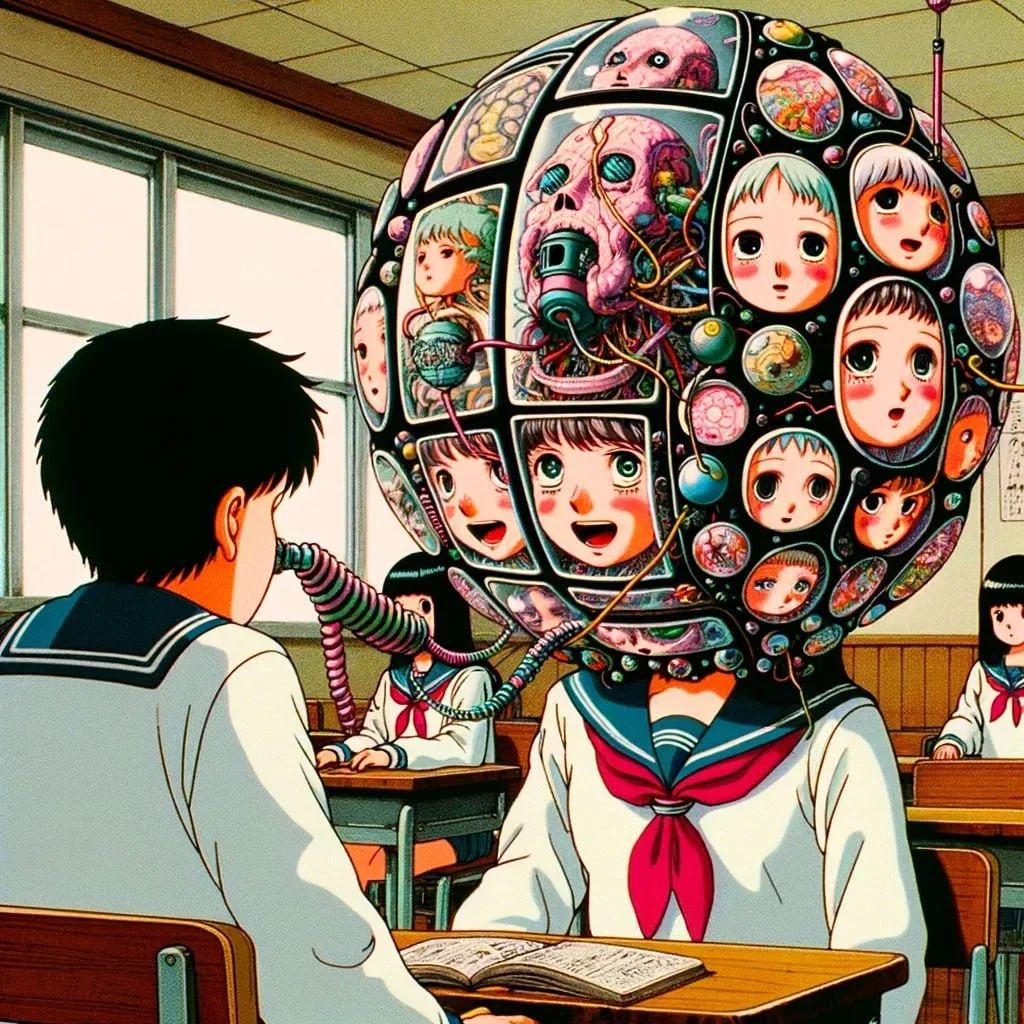
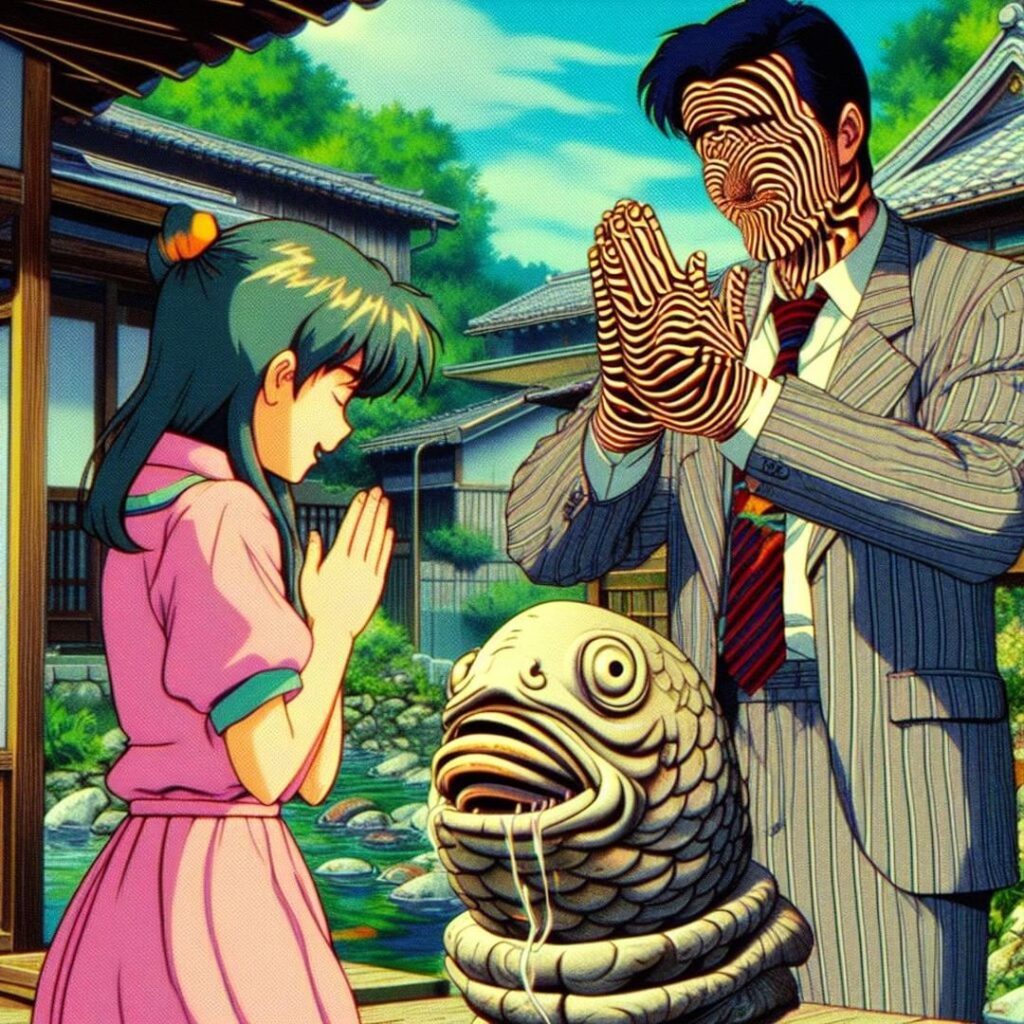
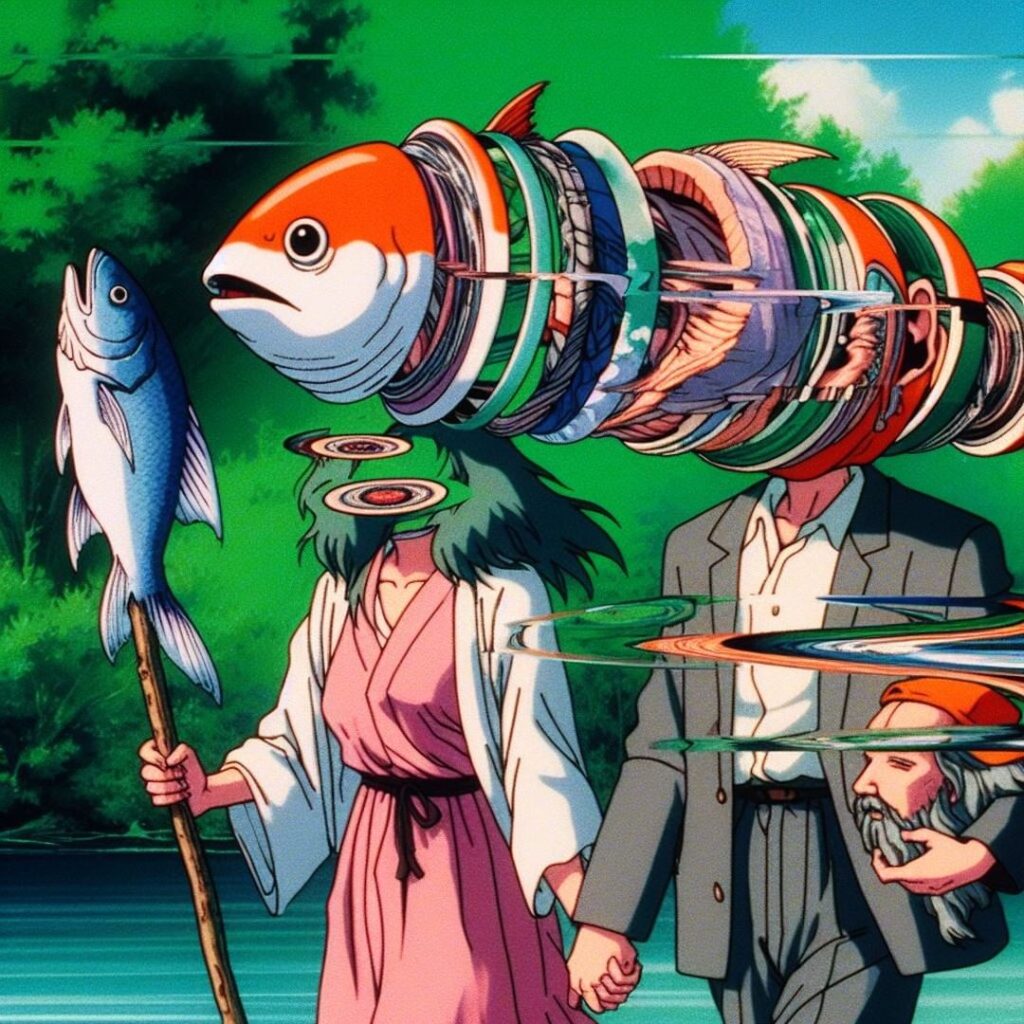
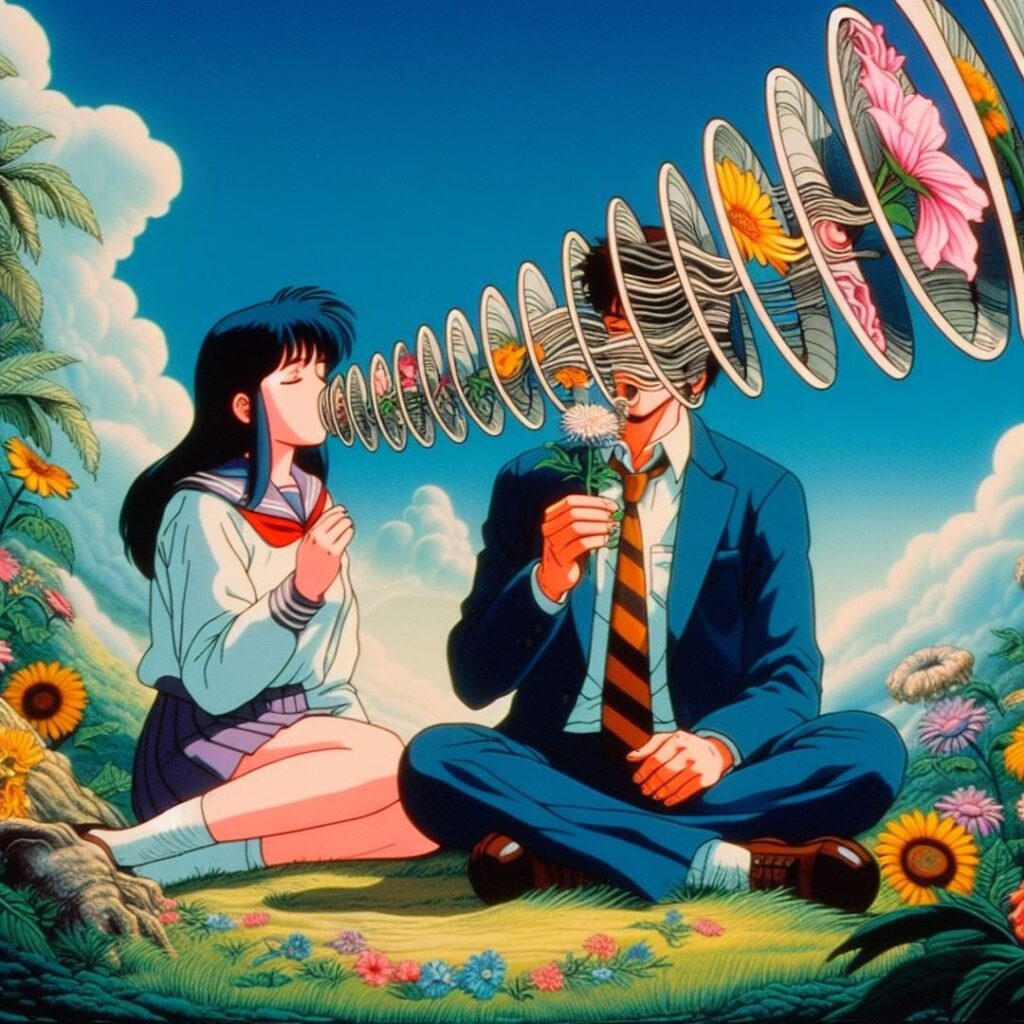


artist: ainvas.anime / source: Instagram


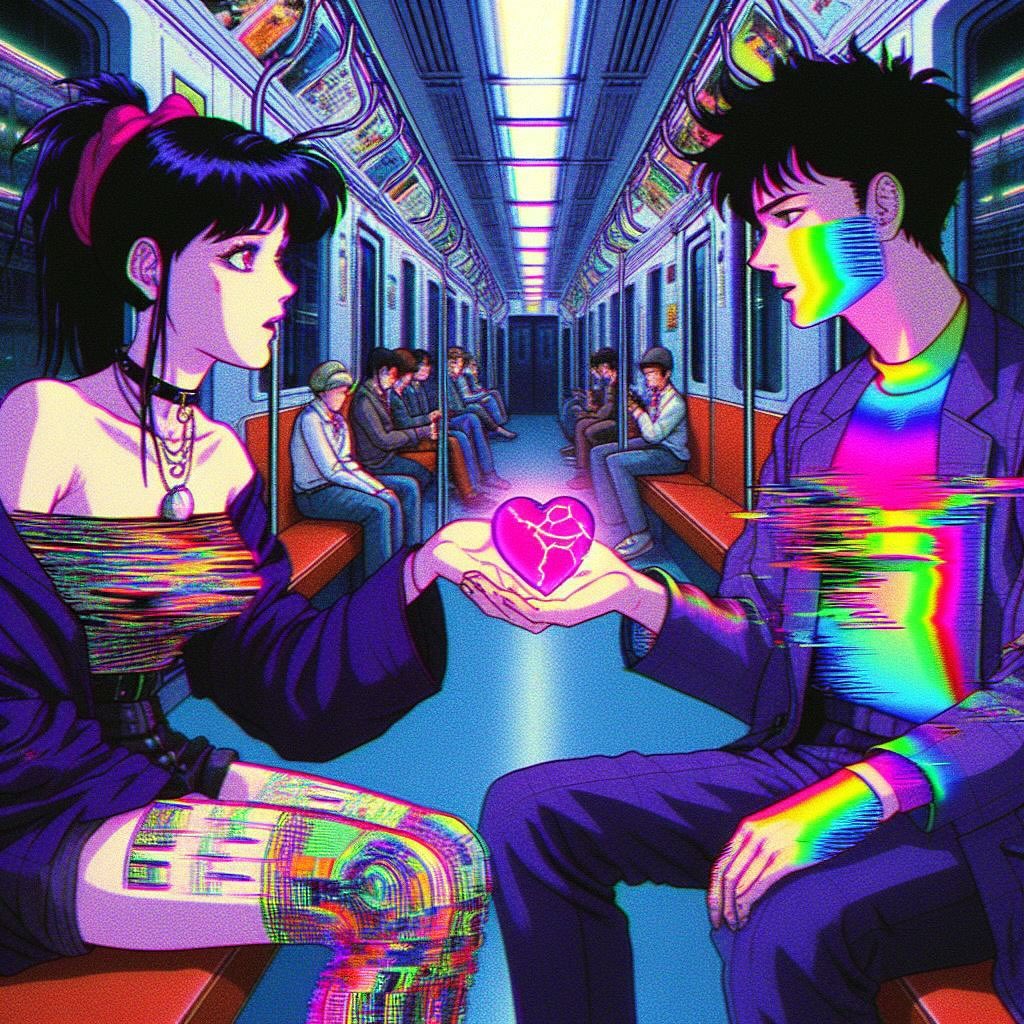

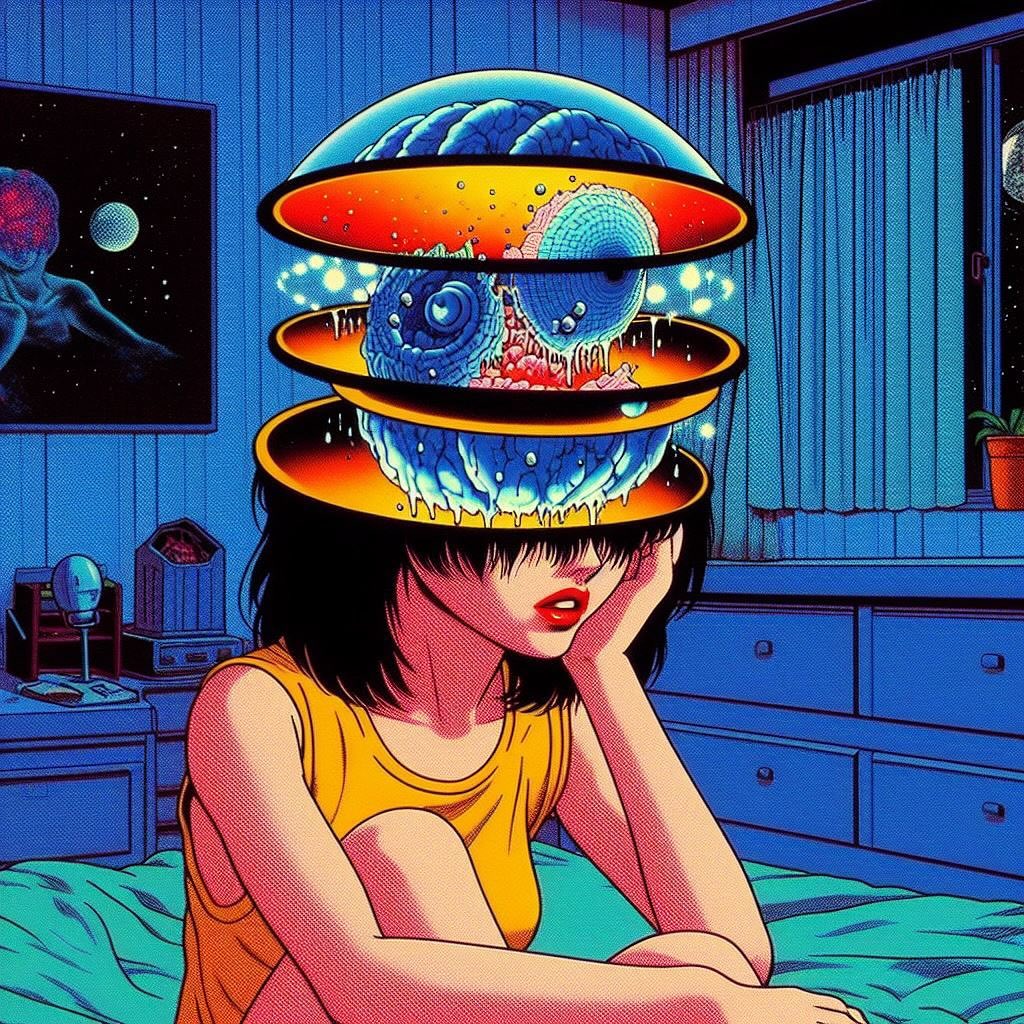
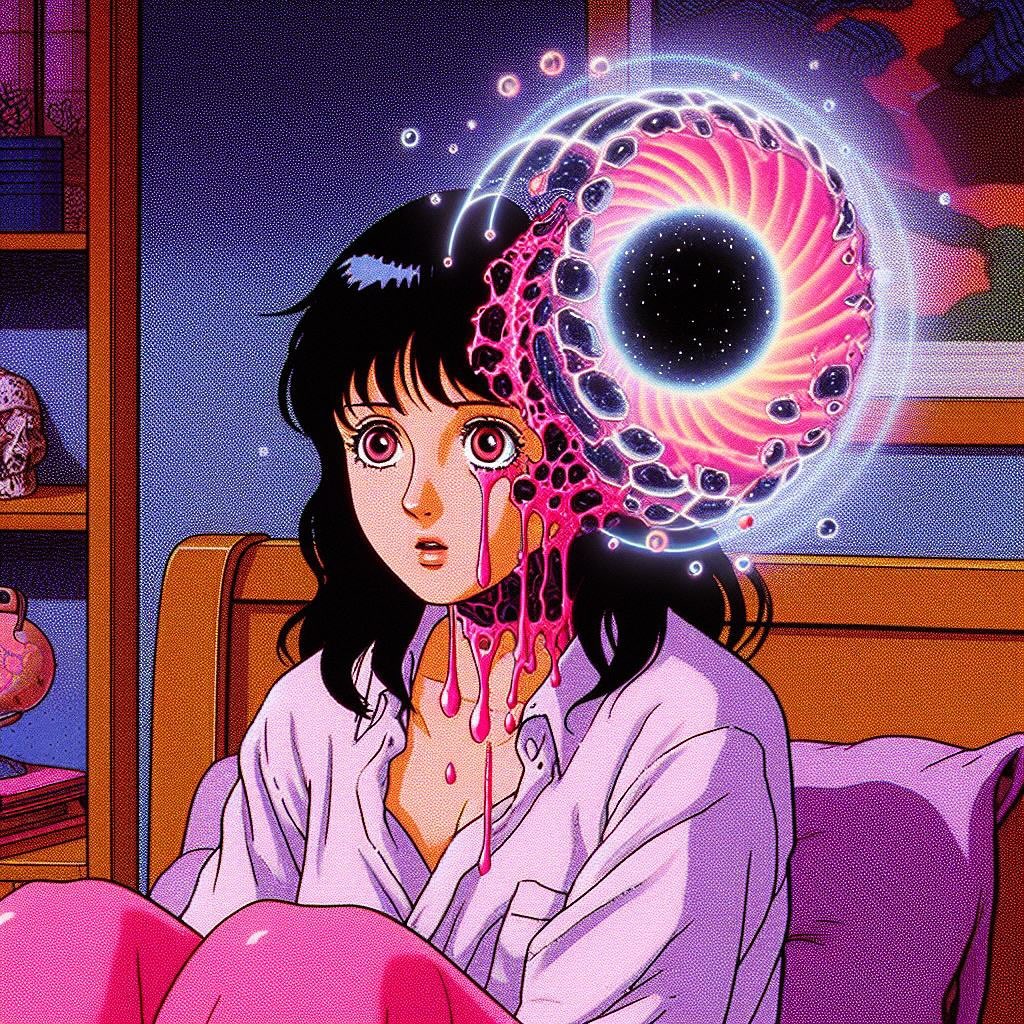
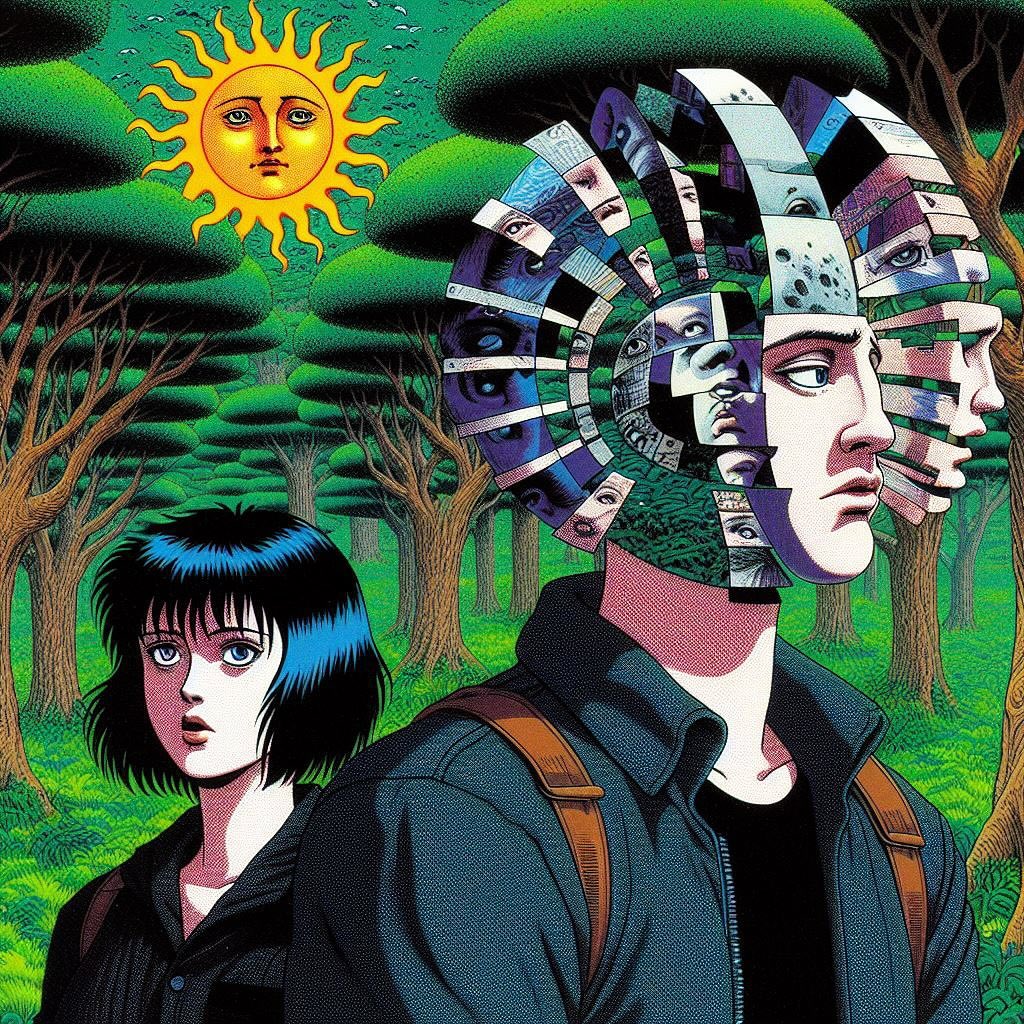
artist: syntheticaisthetics / source: Instagram
S̶i̶l̶e̶n̶t̶ ̶S̶u̶f̶f̶e̶r̶i̶n̶g̶
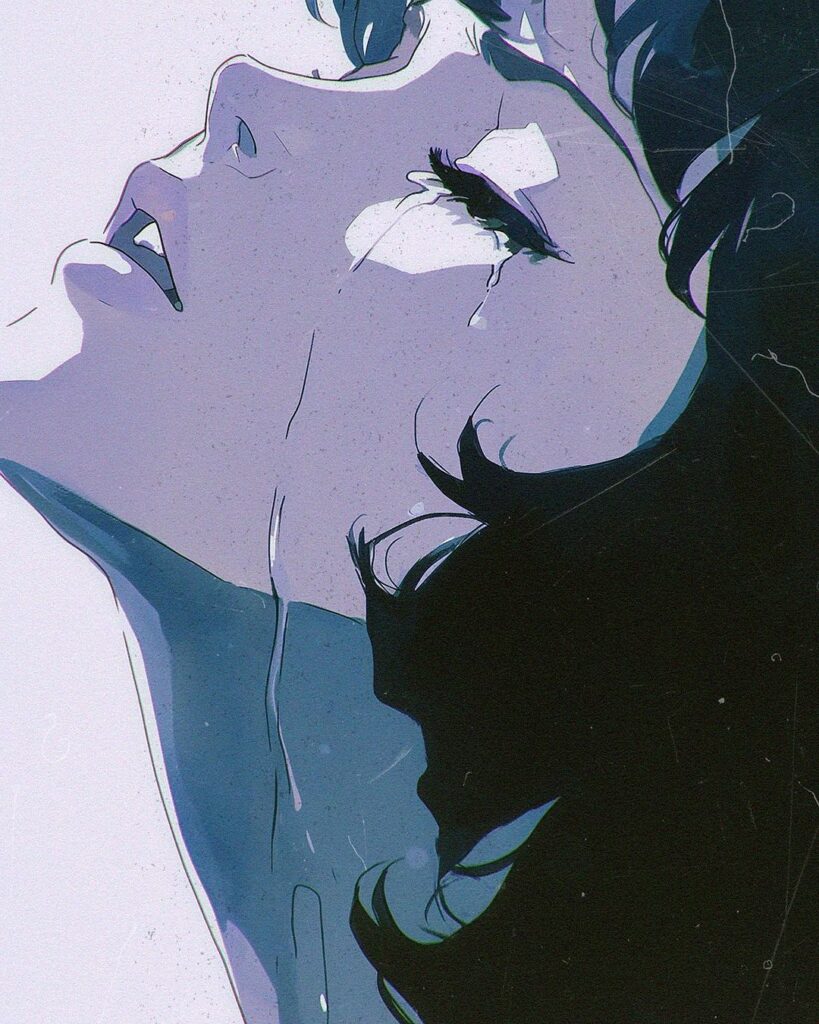

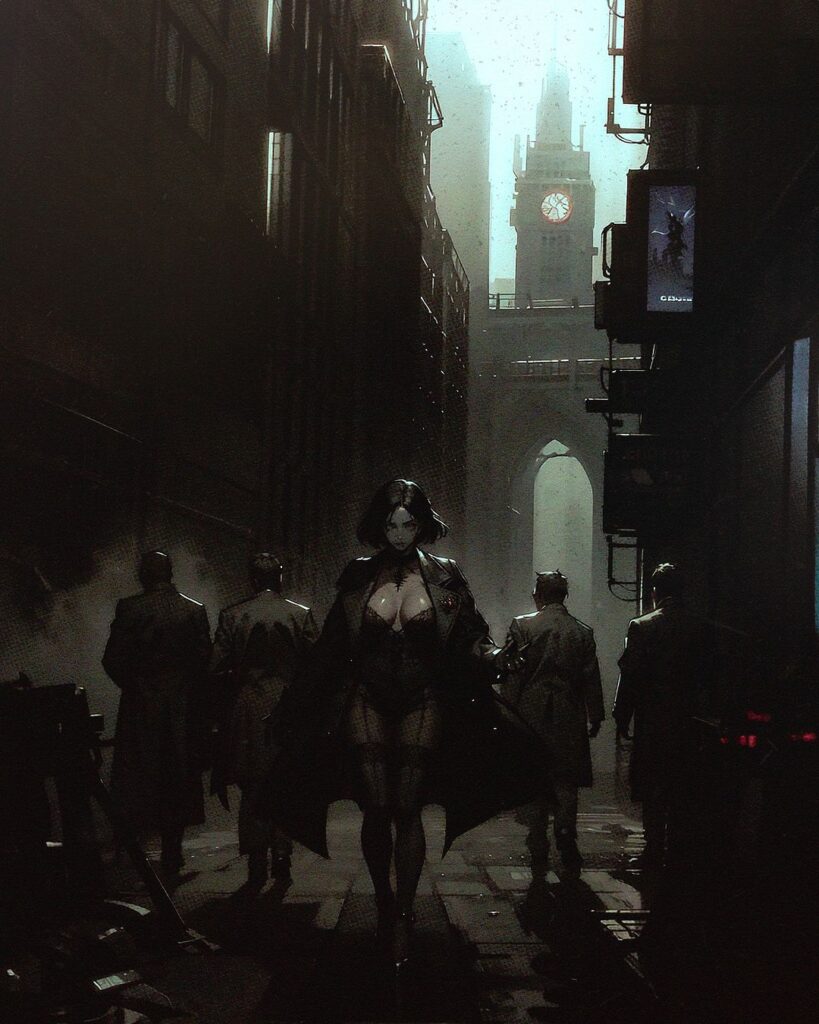
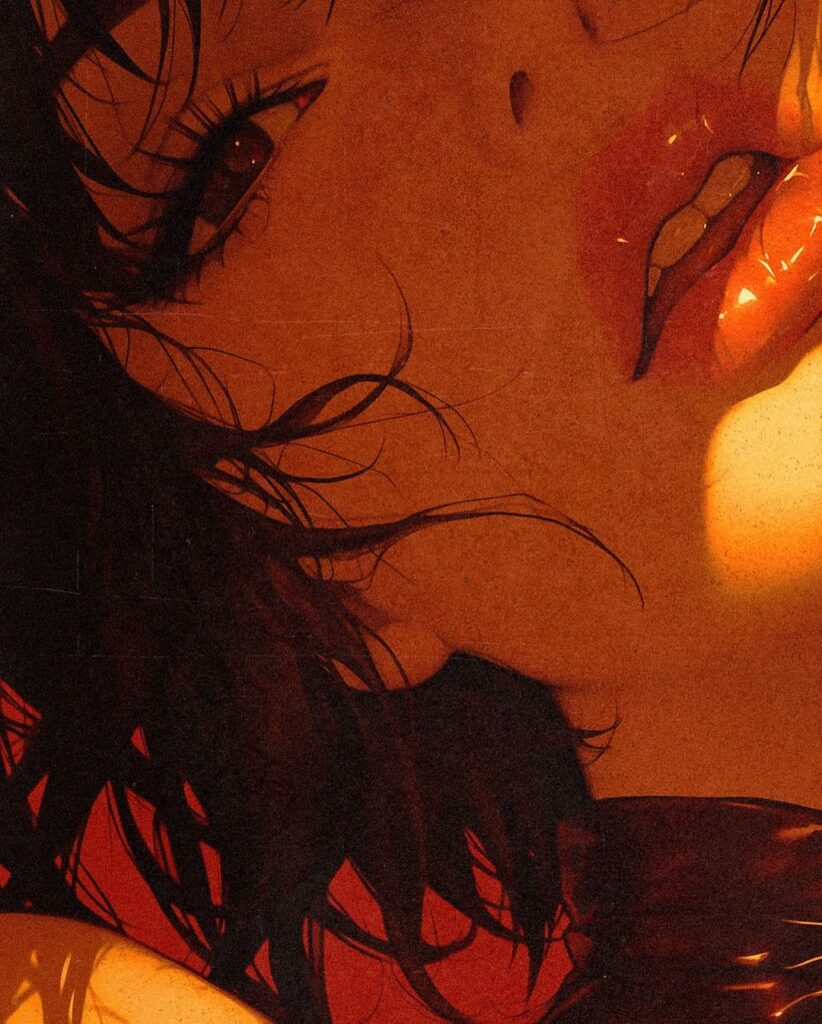

artist: S̶i̶l̶e̶n̶t̶ ̶S̶u̶f̶f̶e̶r̶i̶n̶g̶ / source: Instagram
